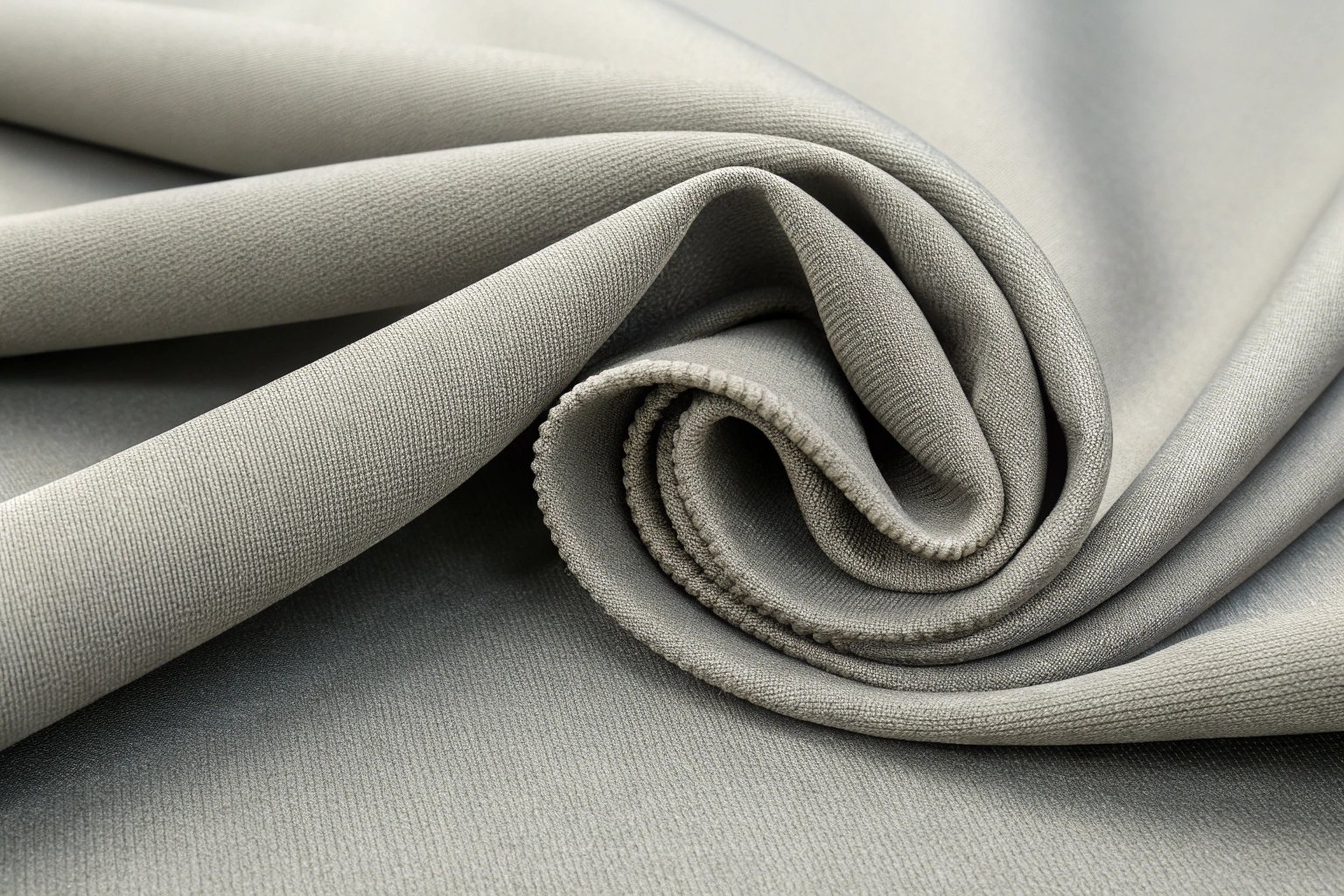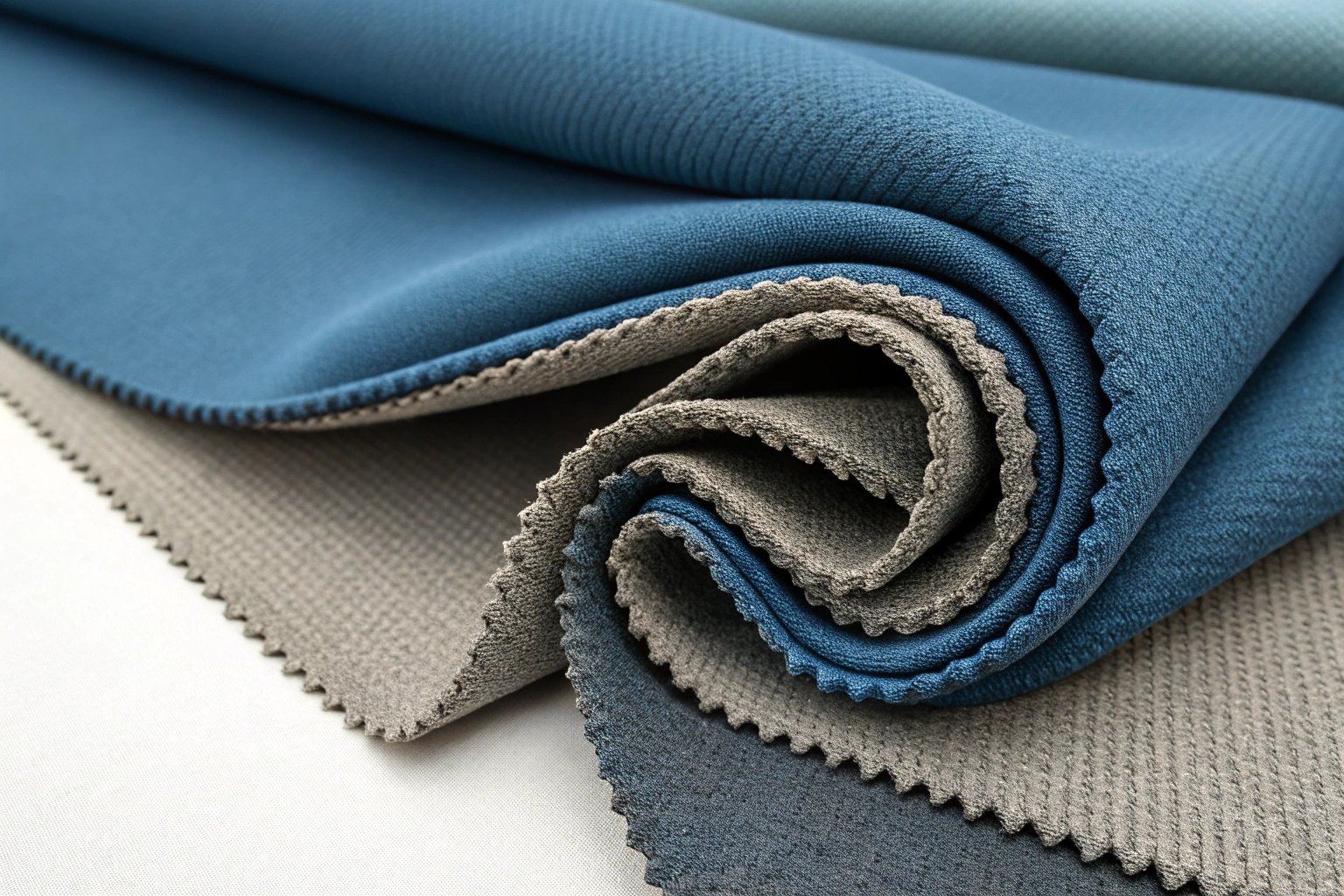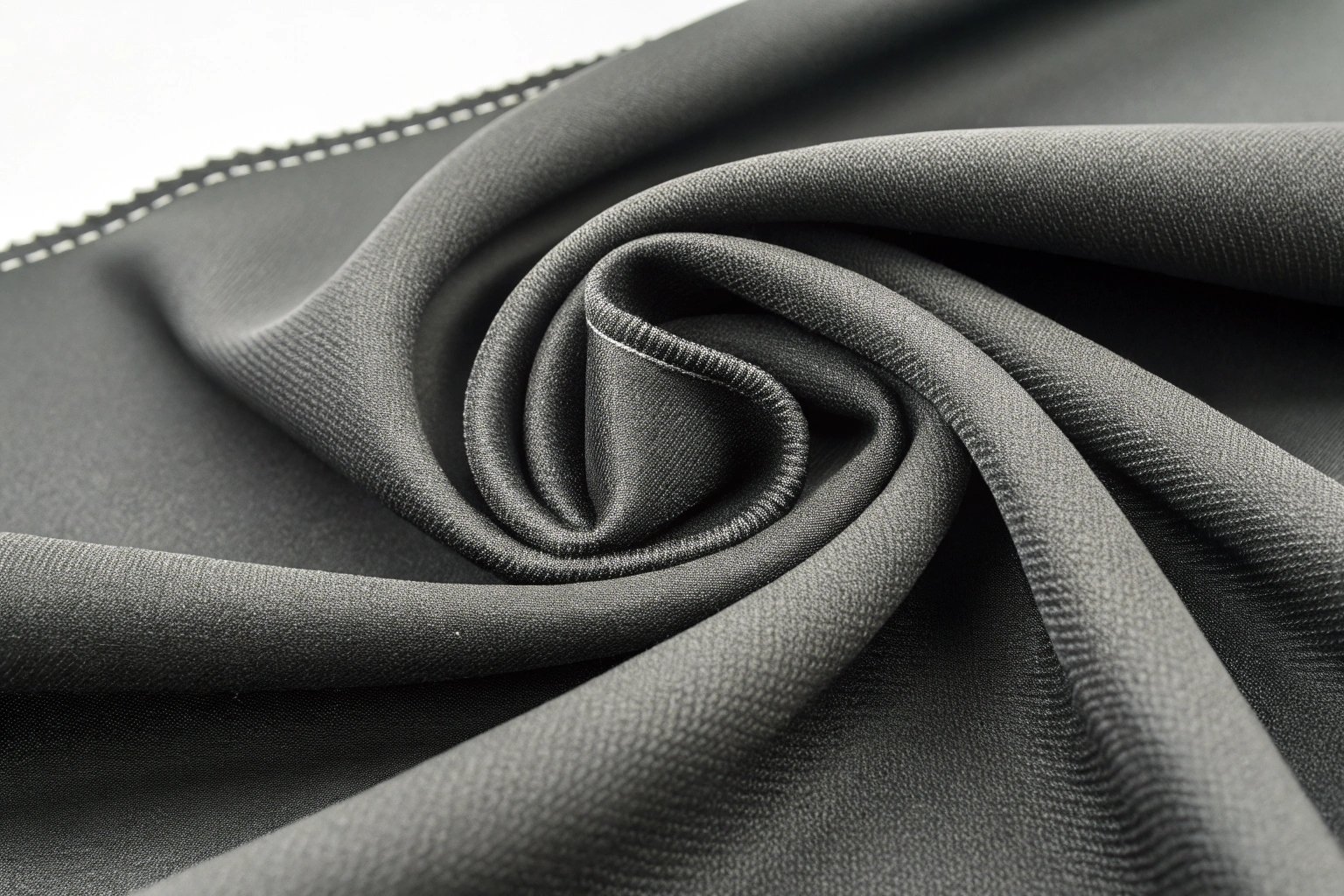Neoprene fabric, a synthetic rubber material, is widely known for its versatility and durability. Originally used for wetsuits in the marine industry, neoprene has evolved to become a favored material for a wide range of applications, from fashion to functional products. Whether you are designing high-performance apparel or creating stylish outerwear, understanding the qualities and care of neoprene fabric can help you maximize its potential.

Neoprene offers exceptional qualities, making it suitable for everything from sportswear to fashion accessories. This guide will cover everything you need to know about neoprene fabric, including its advantages, care instructions, and unique features.
What are the disadvantages of neoprene fabric?

While neoprene is highly functional and durable, it comes with a few disadvantages that you should be aware of:
Not Breathable
Neoprene fabric is known for its closed-cell structure, which provides excellent insulation. However, this structure also prevents the fabric from being breathable, which can be uncomfortable for long periods of wear, especially in warm weather.
Why It’s a Drawback: Lack of breathability makes neoprene less suitable for everyday wear in hot climates or for garments that need to offer airflow and ventilation.
Heavy and Bulky
Compared to lightweight fabrics like cotton or polyester, neoprene can be relatively heavy and bulky. This makes it less ideal for garments that require lightness and flexibility, such as summer clothing or activewear.
Why It’s a Drawback: The weight and bulkiness of neoprene can limit its use in garments that require freedom of movement, such as yoga pants or lightweight outerwear.
Expensive
Neoprene is typically more expensive than standard fabrics, particularly when made from high-quality or specialized variants. This can increase the production costs of garments made from neoprene.
Why It’s a Drawback: High production costs can make neoprene garments less cost-effective, especially when compared to other fabric options.
Can Retain Odors
Because neoprene is not breathable, it can also retain moisture and odors more easily than other fabrics. This can be problematic in activewear or swimwear, where prolonged exposure to sweat or saltwater might cause the fabric to smell.
Why It’s a Drawback: Odor retention can reduce the appeal of neoprene for products like wetsuits or activewear that are exposed to sweat or water frequently.
What are the qualities of neoprene fabric?
Neoprene fabric has several distinctive features that make it highly sought after for various applications. Here are some of the key qualities of neoprene:

Durability
Neoprene is incredibly durable, making it resistant to wear and tear. This makes it an excellent choice for items that are subjected to frequent use, such as wetsuits, sports equipment, and outerwear.
Why It’s Great: Neoprene’s durability ensures a long lifespan for products made from it, offering value for money in the long run.
Water-Resistant
Neoprene is highly water-resistant due to its closed-cell structure, which prevents water from penetrating the fabric. This feature is particularly beneficial for applications like wetsuits, diving gear, and water sports apparel.
Why It’s Great: Neoprene’s water-resistant qualities make it perfect for use in environments where water exposure is frequent.
Insulating Properties
One of the standout features of neoprene is its excellent insulation. It is commonly used in the production of wetsuits because of its ability to retain body heat even in cold water. Neoprene’s insulating properties make it ideal for cold-weather clothing and thermal wear.
Why It’s Great: The fabric provides warmth without being overly bulky, making it an excellent option for cold-weather gear.
Flexibility
Neoprene fabric is highly flexible, offering great freedom of movement. This makes it ideal for activewear, sportswear, and performance clothing, where comfort and flexibility are key.
Why It’s Great: Neoprene’s stretchability ensures that it conforms to the body without restricting movement, offering both comfort and performance.
Stiffness and Shape Retention
While neoprene is flexible, it also maintains a level of stiffness that allows it to hold its shape well. This makes it ideal for structured items like jackets, bags, and accessories.
Why It’s Great: The ability to hold its shape adds to the fabric’s aesthetic appeal and functional versatility in fashion and design.
How do you care for neoprene fabric?
Caring for neoprene fabric is essential to ensure its longevity and maintain its appearance. Here are some tips on how to properly care for your neoprene items:

Hand Wash or Machine Wash on Gentle Cycle
Neoprene items should ideally be hand washed to preserve their structure and finish. If you prefer machine washing, use a gentle cycle and cold water to avoid damaging the fabric.
Why It’s Important: Harsh washing can degrade the neoprene’s structure, causing it to lose its shape and flexibility.
Avoid Harsh Detergents
Use mild detergents or fabric cleaners designed for neoprene or delicate materials. Harsh detergents can break down the fabric’s fibers and reduce its elasticity.
Why It’s Important: Mild detergents help maintain the integrity of the fabric, keeping it soft and durable.
Air Dry Only
Never machine dry neoprene items, as the heat can cause the fabric to warp or lose its shape. Instead, lay the item flat to air dry in a well-ventilated area, away from direct heat or sunlight.
Why It’s Important: Air drying helps preserve the material’s structure and prevents shrinkage or damage from heat.
Store Properly
When not in use, store neoprene items in a cool, dry place. Avoid folding them in a way that could cause creases or damage the material. For example, hang neoprene jackets to maintain their shape.
Why It’s Important: Proper storage prevents the fabric from becoming misshapen or damaged over time.
What is so special about neoprene?
Neoprene stands out as a fabric due to its unique combination of properties that make it suitable for a variety of high-performance and fashion-forward applications. Here’s what makes neoprene so special:
Versatility Across Industries
Neoprene’s adaptability makes it ideal for use in diverse fields, including fashion, sports, marine activities, and industrial applications. It is used in everything from wetsuits to laptop sleeves and even high-fashion garments.
Why It’s Special: Its ability to perform in different conditions, from water sports to office wear, showcases the flexibility of neoprene.
Durable and Long-Lasting
Neoprene is a durable, long-lasting material that withstands a lot of wear and tear. Its resistance to environmental stressors such as water, heat, and abrasion makes it a go-to fabric for both functional and fashion-forward products.
Why It’s Special: Neoprene provides lasting value, ensuring that products made from this material maintain their functionality and appearance over time.
Comfort and Performance
Neoprene offers great comfort with its flexibility, water resistance, and insulation properties. It is particularly suited for activewear and performance garments that require both comfort and durability.
Why It’s Special: The material’s comfort, combined with its high-performance qualities, makes it perfect for individuals seeking versatility in their clothing choices.
Conclusion
Neoprene fabric is a versatile and functional material that excels in a variety of applications, from activewear to fashion. Its durability, insulating properties, water resistance, and flexibility make it a top choice for high-performance garments and stylish designs alike. Whether you’re designing sports apparel, stylish outerwear, or custom accessories, neoprene offers the ideal balance of comfort, functionality, and style. By understanding the advantages and care required for neoprene, you can make the most of this unique fabric in your next project.

